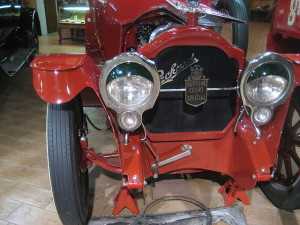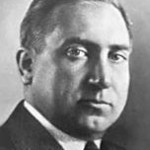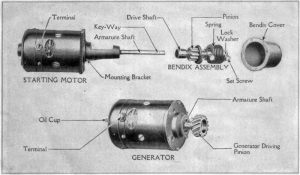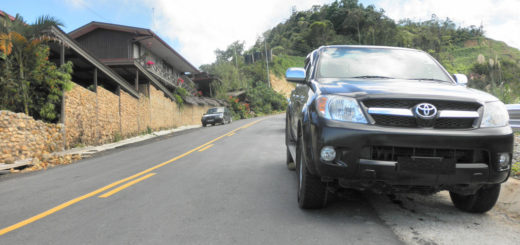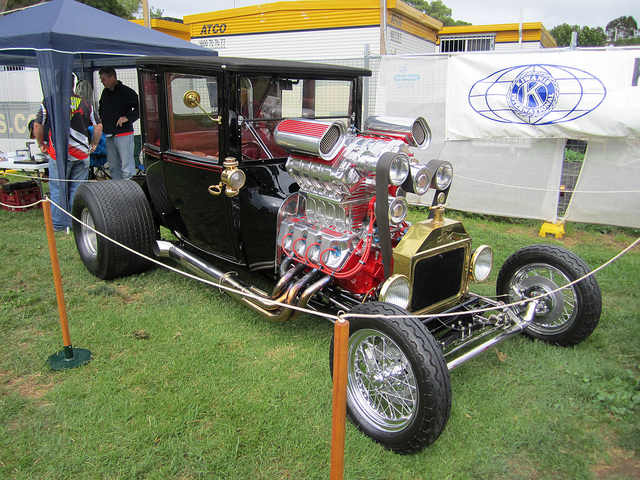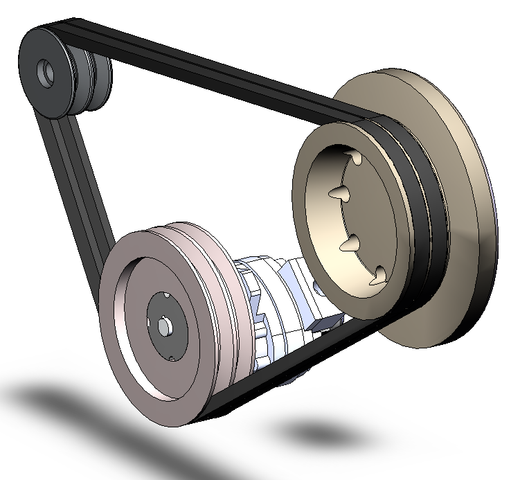History of the Starter Motor
Although we take starter motors for granted today, the so-called “self-starter” wasn’t even conceived of until several decades after the arrival of the horseless carriage. Early automobiles were often started with hand cranks, but various automakers utilized everything from springs to gunpowder to start their engines. You’re probably also familiar with the archetypal image of a pioneering aviator spinning the prop of his airplane to get it going, and that’s also an example of a human-powered “starter motor.”
Contents
Early Engine Starting Mechanisms
Modern internal combustion engines typically lack the ability to self start, and the engines used in the first automobiles were no different. These internal combustion-powered horseless carriages utilized a number of different starting techniques, including:
- Hand cranks
- Wind up spring devices
- Gunpowder cylinders
Hand Crank Starters
Hand cranks were the most common type of engine starters in the early days of the automobile. They were essentially crank handles that were temporarily coupled with the engine crankshaft. The driver would literally “crank the engine” by turning the handle, which would allow the process of internal combustion to begin. After a given number of cranks, the engine would begin to run on its own, and the crank could be removed.
Although hand crank starters were simple and reliable, they suffered from a handful of drawbacks. The main issue with this method of starting an engine is that it is inherently dangerous to the operator. For instance, if an engine kicks back during the cranking process, the operator could be severely injured. Although many of these cranks used overrun mechanism, there was also a potential for injury if the handle continued to turn after the engine started running.
The other main issue with hand crank starters is that it took a certain degree of physical effort to turn them. That meant anyone who lacked the necessary physical strength or dexterity was incapable of starting a vehicle equipped with this type of starter.
Spring-powered Starters
Wind up spring starters were similar to hand crank starters in that they required the operator to “charge” them through a winding action. Instead of directly turning the crank, the spring tension would then be used to start the engine. Although this type of starter fell out of use with the introduction of the electric starter, some modern applications do use spring starters.
Gunpowder Starters
Gunpowder starters work by exploding a small cordite charge inside a combustion chamber. This effectively pushes the piston down in that cylinder down, which forces the other pistons to move as well. One of the other pistons is invariably pushed toward top dead center, at which point the air fuel mixture is ignited, and the engine starts to run under its own power.
These starters were commonly used through the 1940s in aircraft applications.
Electric Starter Motors
One of the earliest recorded instances of an electric starter motor was in 1896, when British engineer H.J. Dowsing installed one on his Arnold. William Arnold & Sons was a manufacturer of agricultural equipment that acquired a license to produce Benz vehicles in England, and the Arnold in question was based on the Benz Velo. Dowsing equipped it with a dynomotor that he coupled to the flywheel, which was then used to start the engine and provide assistance on hills.
It would be almost two decades after H.J. Dowsing altered his Arnold before a production vehicle shipped with an electric starter. Although electricity was available from batteries, and a handful of automobiles from the turn of the century even ran on electricity, gasoline-powered vehicles at the time lacked electrical systems or any way of recharging the batteries.
The Bendix Drive
One of the most important developments in the history of the electric starter was the invention of the Bendix drive. This is a starter mechanism that was invented by Vincent Bendix in 1910, and first saw use in the 1914 Chevrolet “Baby Grand.” It would go on to see widespread use throughout the automotive industry for half a century.
The key factor in the operation of the Bendix drive is that it was designed to engage with the engine when the engine wasn’t rotating, and then release once the engine reached a certain rotational speed. Starters that didn’t use the Bendix drive had to be engaged and disengaged manually, typically by a floor pedal.
DELCO’s Electric Starter/Generator
In 1911, the Dayton Engineering Laboratories Company (DELCO) was granted a patent for an electric starter motor. This starter was developed by Charles Kettering and Henry Leland, and it followed Kettering’s earlier development of an electric motor for cash registers (which also replaced a hand crank in that application.)
This starter motor first showed up on the 1912 Cadillac, which also had the first complete electrical system, since the starter doubled as a generator once the engine was running. Other automakers were slow to adopt the new technology, but electric starter motors would be ubiquitous within the next decade. Although Ford’s Model T continued to use a hand crank through 1919, they made the switch at that time.
Other Historical Developments
The next major development in starters came in 1949, when Chrysler introduced a key-operated ignition switch. Prior to that time, starters had typically been operated by pushing a button, which was either mounted on the dash or the floor. Of course, push-button ignition has just started to make a comeback in recent years.
Another major development in the field of starter motors was the overrunning sprag clutch. This design appeared during the 1960s, at which time it slowly began to replace the earlier Bendix drive design.

